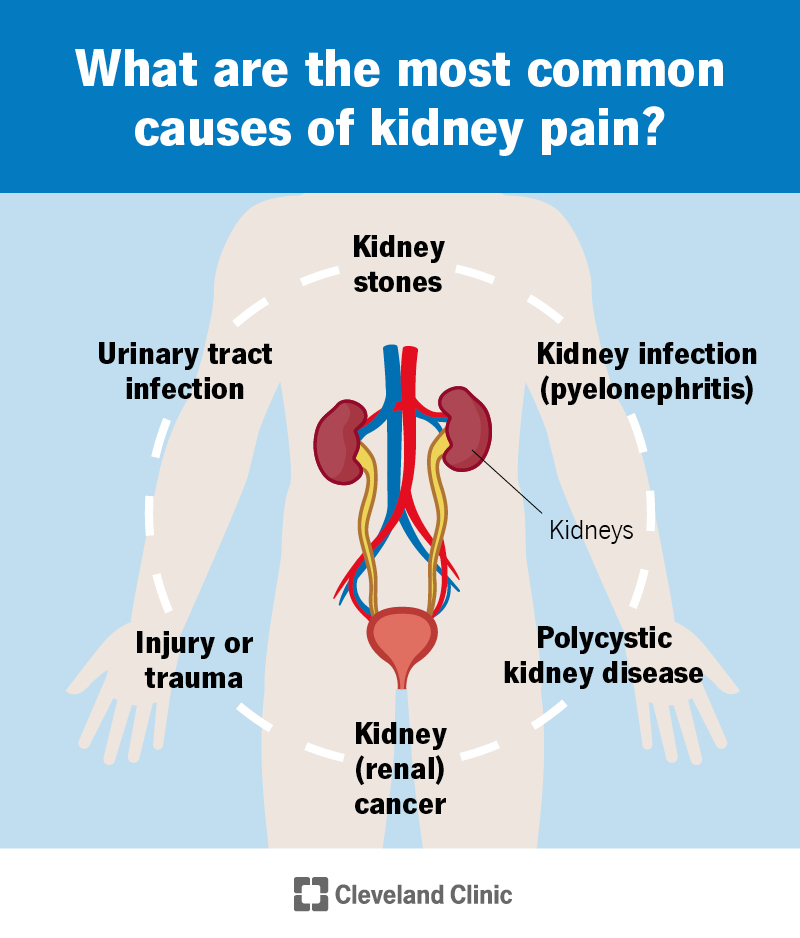A Comparative Research Study of the Danger Elements and Prevention Techniques for Kidney Stones and Urinary System Infections: Insights for Better Wellness
The raising prevalence of kidney stones and urinary system system infections (UTIs) requires a better exam of their related danger aspects and prevention techniques. Both conditions, often affected by way of living options such as diet plan, weight, and hydration monitoring, highlight an essential junction in health and wellness promotion. By recognizing and resolving these shared susceptabilities, we can develop more reliable methods to reduce the threats connected with each. What ramifications might these understandings have for public health and wellness initiatives and individual health and wellness management? The solution might improve our understanding of preventative care.
Overview of Kidney stones
Kidney stones are a common urological problem, affecting roughly 10% of people at some point in their lives. These strong mineral and salt down payments form in the kidneys when pee becomes concentrated, permitting minerals to crystallize and bind together. The make-up of kidney stones varies, with calcium oxalate stones being one of the most widespread, followed by uric acid, struvite, and cystine stones.
Threat factors for the advancement of kidney stones consist of dehydration, dietary practices, excessive weight, and particular medical conditions such as hyperparathyroidism or metabolic conditions. Signs and symptoms of kidney stones can range from moderate pain to extreme discomfort, typically offering as flank discomfort, hematuria, and urinary system urgency.

Comprehending Urinary System Infections
Urinary system tract infections (UTIs) represent a widespread clinical problem, particularly among females, with around 50-60% experiencing a minimum of one UTI in their lifetime - Kidney Stones vs UTI. UTIs take place when microorganisms go into the urinary system, causing inflammation and infection. This problem can impact any type of part of the urinary system, including the kidneys, ureters, bladder, and urethra, with the bladder being the most generally impacted site
The scientific presentation of UTIs commonly includes signs and symptoms such as dysuria, enhanced urinary system frequency, necessity, and suprapubic pain. In some instances, clients might experience systemic symptoms such as high temperature and cools, suggesting an extra severe infection, possibly entailing the kidneys. Diagnosis is largely based on the existence of signs and symptoms, proven by urinalysis and pee culture to determine the original organisms.
Escherichia coli is the most usual pathogen related to UTIs, making up approximately 80-90% of situations. Threat elements consist of physiological predispositions, sexual task, and specific medical conditions, such as diabetes. Understanding the pathophysiology, medical manifestations, and diagnostic standards of UTIs is crucial for efficient administration and avoidance strategies in vulnerable populations.
Shared Danger Aspects
Numerous common risk elements add to the advancement of both kidney stones and urinary system system infections (UTIs), highlighting the interconnectedness of these 2 problems. Dehydration is a noticeable threat factor; inadequate fluid intake can lead to concentrated urine, promoting the formation of kidney stones and creating a favorable environment for bacterial growth, which can precipitate UTIs.

Adjustments in estrogen levels can influence urinary tract wellness and stone development. Additionally, excessive weight has actually been identified as a common danger aspect, where excess weight can lead to metabolic changes that favor both kidney stone development and urinary system tract infections.
Prevention Strategies
Comprehending the common danger variables for kidney stones and urinary system system infections underscores the relevance of carrying out efficient prevention approaches. Central to these approaches is the promotion of appropriate hydration, as enough fluid intake dilutes pee, reducing the concentration of stone-forming materials and lessening the threat of infection. Medical care professionals commonly recommend alcohol consumption at the very least 2 to 3 litres of water daily, customized to private requirements.
Furthermore, dietary alterations play an essential function. A well balanced diet regimen low in sodium, oxalates, and animal proteins can alleviate the development of kidney stones, while raising the consumption of vegetables and fruits sustains urinary system system wellness. Normal monitoring of urinary pH and composition can also help in determining tendencies to stone development or infections.
In addition, preserving proper health methods is vital, specifically in ladies, to prevent urinary system tract infections. On the whole, these avoidance strategies are crucial for minimizing the incidence of both kidney stones and urinary tract infections.
Lifestyle Adjustments for Health
Just how can lifestyle alterations add to far better overall wellness? Executing details way of life adjustments can substantially reduce the danger of creating kidney stones and urinary system system infections (UTIs) A balanced diet regimen plays an essential duty; increasing fluid consumption, particularly water, can weaken pee and help prevent stone development as well as eliminate germs that might result in UTIs. Taking in a diet regimen rich in vegetables and fruits uses essential nutrients while lessening salt and oxalate consumption, which are linked to stone advancement.
Normal exercise is also vital, as it promotes overall health and aids in maintaining a healthy weight, further decreasing the risk of metabolic disorders related to kidney stones. Additionally, exercising excellent health is crucial in preventing UTIs, specifically in ladies, where wiping methods and post-coital peeing can play preventive functions.
Avoiding extreme caffeine and alcohol, both of which can aggravate dehydration, is recommended. Finally, regular medical exams can aid keep an eye on kidney feature and urinary health, recognizing any kind of very early indications of problems. By embracing these lifestyle alterations, individuals can enhance their total wellness while effectively reducing the threat of kidney stones and urinary system tract infections.
Conclusion
To conclude, the comparative evaluation of kidney stones and urinary system tract infections emphasizes Look At This the relevance of shared danger elements such as dehydration, nutritional practices, and excessive weight. Carrying out effective avoidance strategies that concentrate on adequate hydration, a well balanced diet, and routine physical activity can alleviate the occurrence of both conditions. By resolving from this source these typical components through way of life modifications and enhanced health practices, individuals can enhance their general wellness and decrease their susceptability to these prevalent health and wellness concerns.
The increasing occurrence of kidney stones and urinary tract infections (UTIs) requires a more detailed evaluation of their interrelated threat factors and prevention methods - Kidney Stones vs UTI. The make-up of kidney stones varies, with calcium oxalate stones being the most common, adhered to by uric acid, struvite, and cystine stones
Treatment options vary based on the size and kind of the stone, varying from conservative management with boosted liquid consumption to clinical intervention like lithotripsy or surgical removal for larger stones. Furthermore, weight problems has actually been recognized as a common risk element, where excess weight can lead to metabolic modifications that favor both kidney stone advancement and urinary system system infections.Understanding the shared risk factors for kidney stones and urinary system tract infections underscores the relevance of implementing effective prevention strategies.